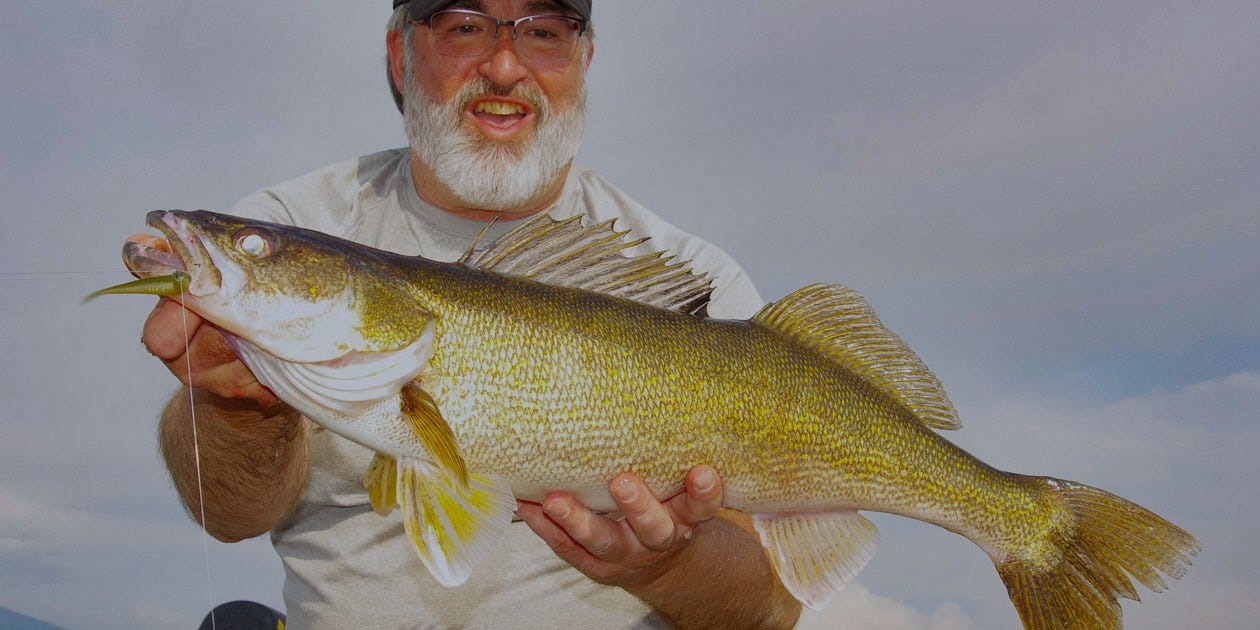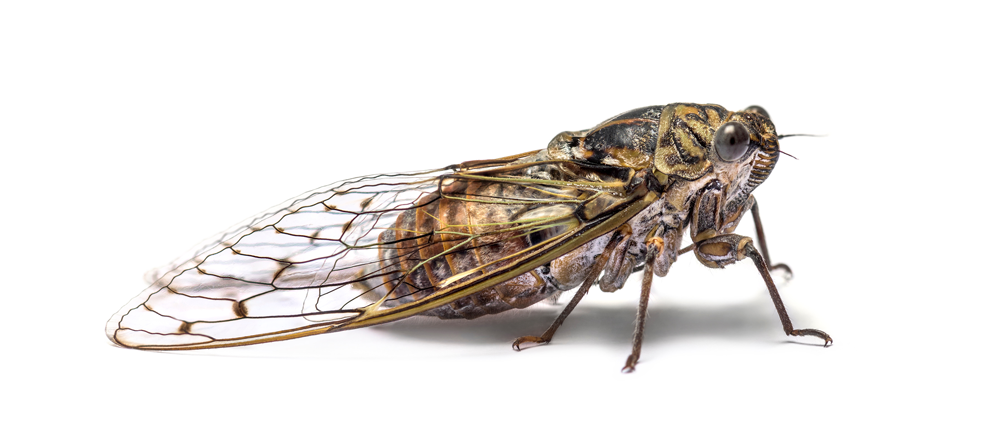- Dec 1, 2023
6 Keys to Early Ice Fishing Success
The first part of the ice fishing season provides outstanding opportunities to catch fish, but not all early ice strategies are created equal!
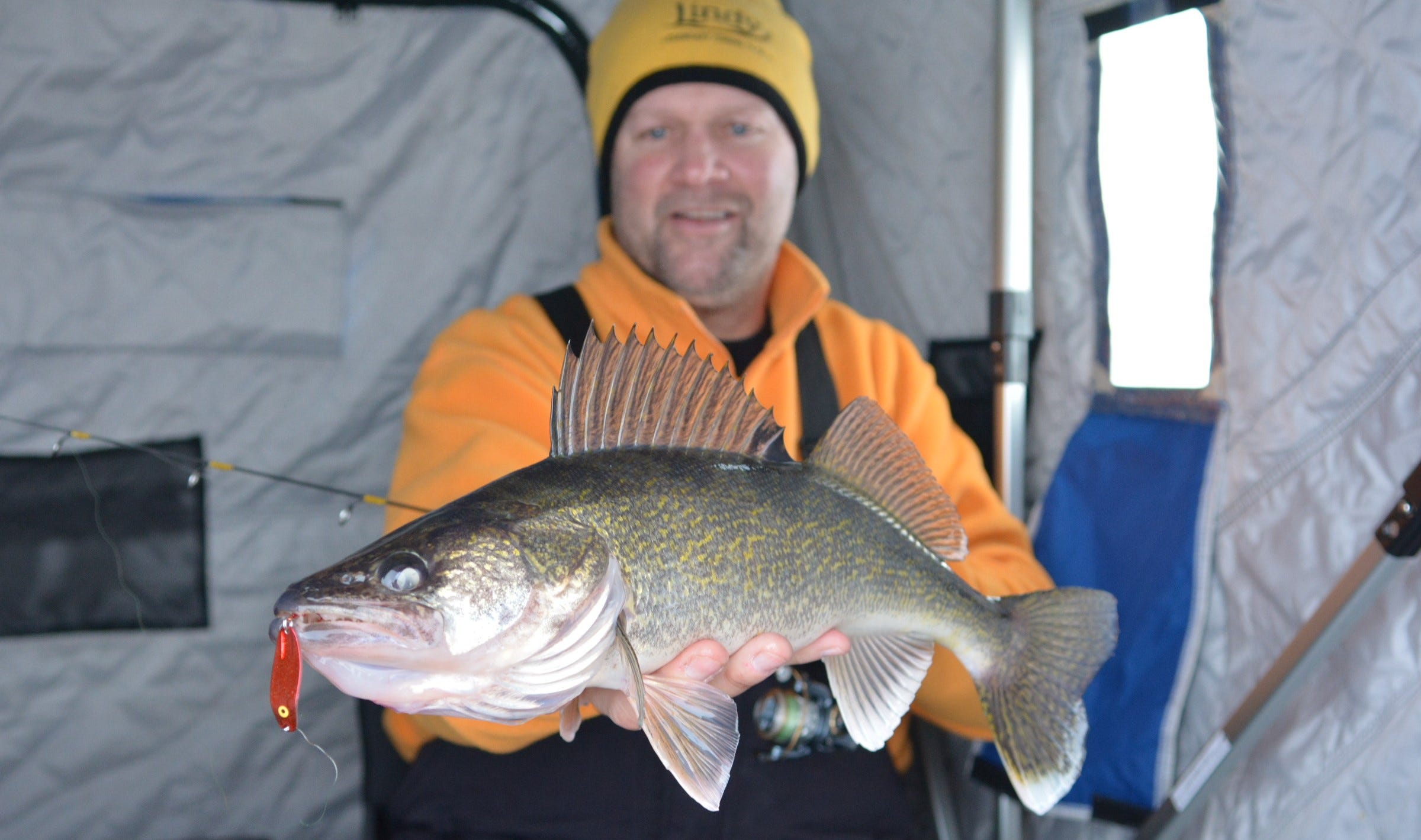

If you’re a hard-water angler, you’ve probably been looking forward to getting out on the ice for a long time. And depending on your location, you might have even been out already this winter. Early ice is exciting because it marks the beginning of a fresh season of winter fishing fun, but that’s not the only reason. It also can be an outstanding time to catch multitude fish species, including walleyes, pike, crappies, bluegill, perch and more.
Early ice calls for a different approach than mid-winter or late winter fishing. Let’s look at ways you can maximize your efficiency and catch more fish during the first part of the ice fishing season.
1 – Start Where You Finished
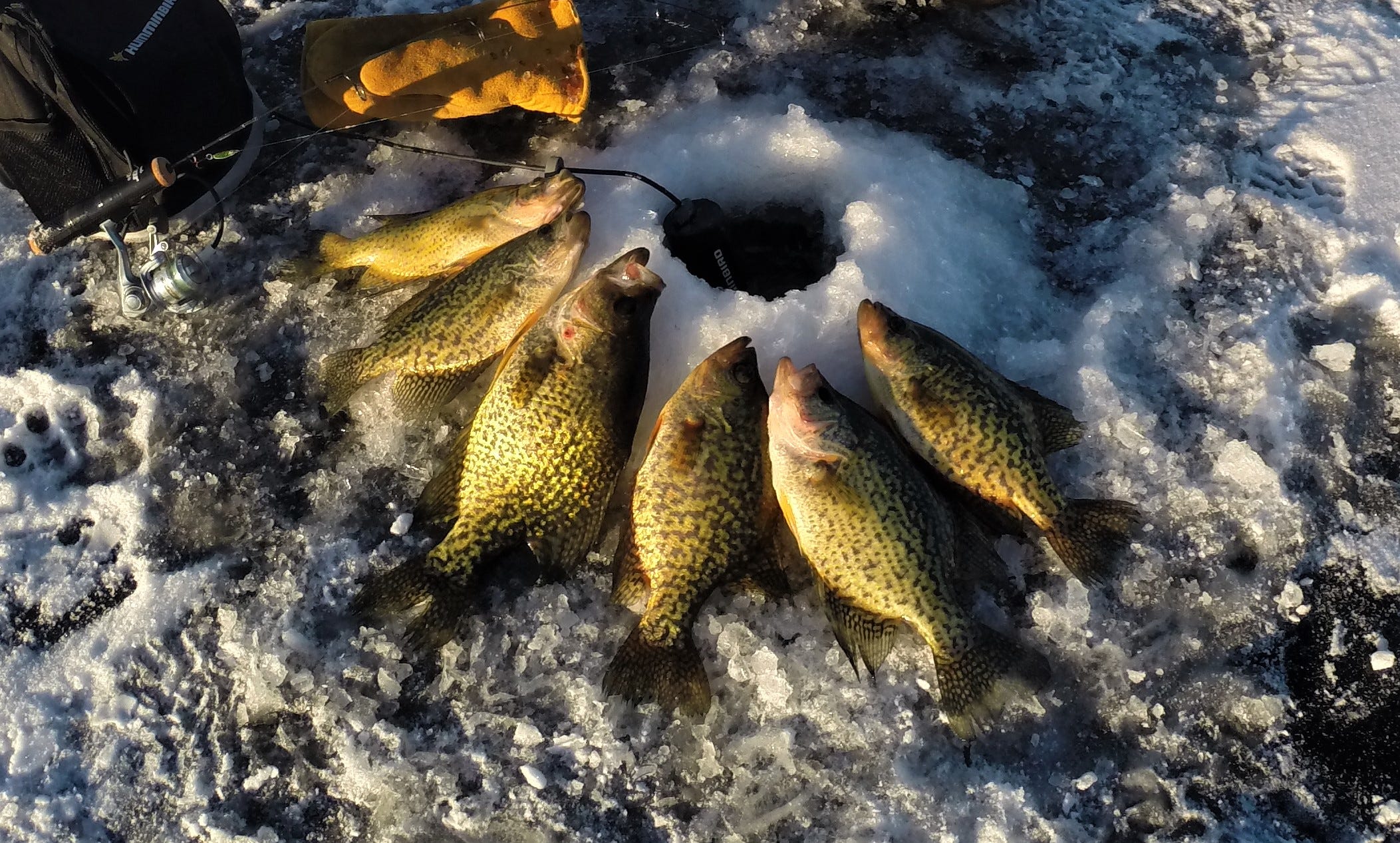

It almost sounds too simple, but that doesn’t make it less true. The last places you caught fish before the ice began forming held those fish for a reason, and often subsurface conditions haven’t changed much during the first part of the ice fishing season. Even if you didn’t get out late this year and don’t have specific hotspots to return to on early ice, you probably have a sense of the areas that tend to produce good fishing for the last open-water hold-outs.
Key early-ice areas tend to be shallow and include shallow structures like points, the first break from the bank and remnant shallow weeds. Many minnow species spawn shallow during fall and remain in those areas early in the winter, when conditions are good, because they have no reason to go elsewhere.
Gamefish ranging from bluegills and perch to large predators like walleyes and pike find plentiful forage and comfortable conditions around shallow features during the first part of winter and typically remain there until reduced dissolved oxygen levels or increased fishing pressure drive them deeper.
2 – Go for the Green


Looking at stark wintery landscapes, it’s easy to assume everything looks similarly barren beneath the surface. That isn’t always the case, though, as several varieties of aquatic vegetation retain green and vibrant areas during the first part of winter, especially if there has not been heavy snow to block sunlight.
Remnant green areas can be real hotspots, and they often get overlooked, according to Destination Fish host Jon Thelen. “Anglers think the weeds are gone, but often you can find remnant weeds in the 10-foot range, and those can be really productive areas,” he said.
In shallow spots with clear water, the vegetation might be visible through holes. And when your graph or flasher shows weeds, it usually doesn’t take much fishing to pull some vegetation and determine its condition. An underwater camera is a great asset for finding good, green cabbage.
3 – Quiet Your Approach
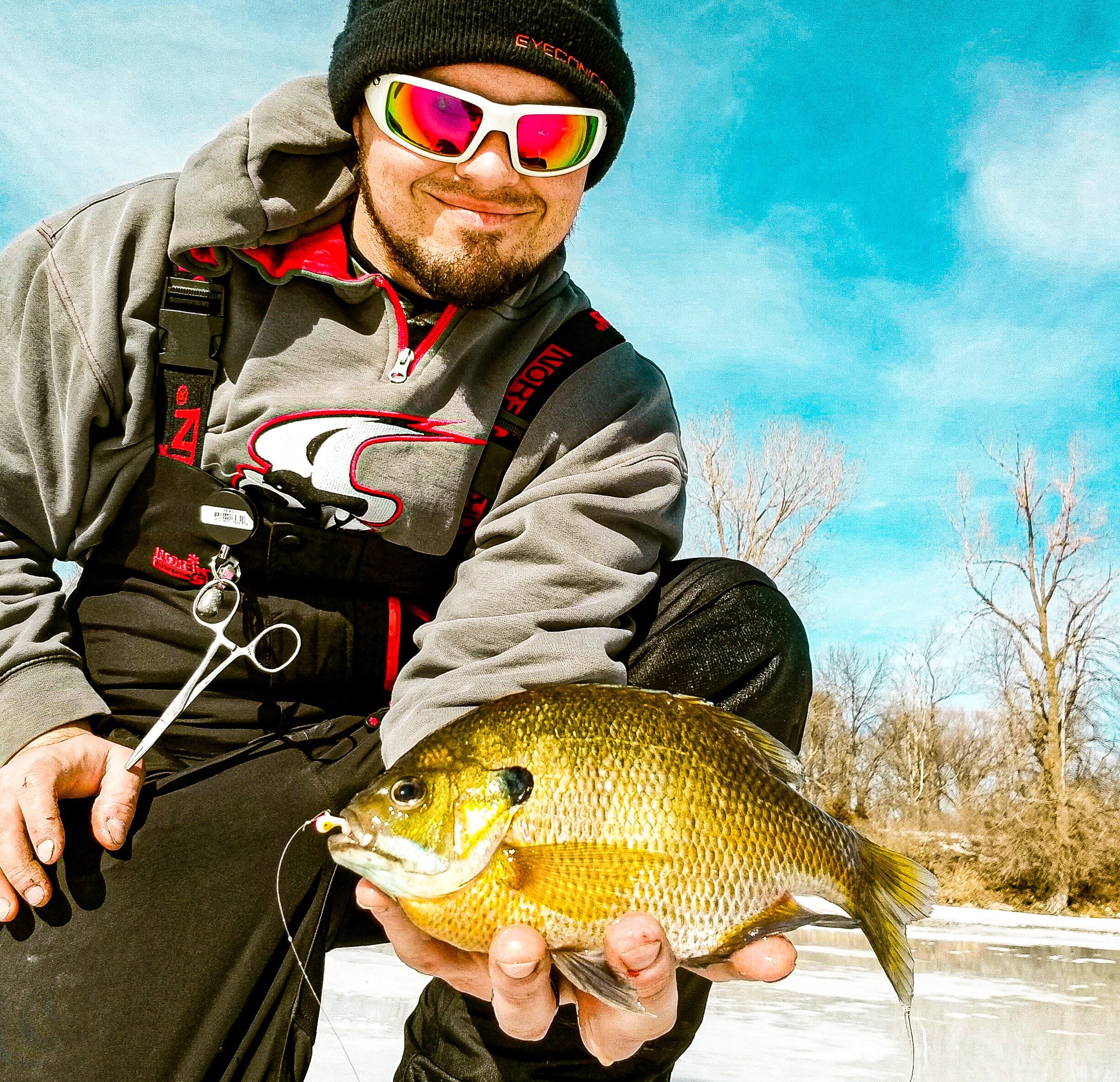

Fish get spooked easily during early ice for several reasons, beginning with the simple fact that they are often in shallow water and consequently close to activity atop the ice and associated sounds. Closely related, there is often minimal snow, which insulates sound atop the ice when it accumulates. Early ice is also very popular, and the sudden flurry of activity can make fish skittish.
For all those reasons, an intentional quieting of footsteps and other sounds can make a major difference in your success. Little things, like setting gear down quietly when you move, can be big.
To this end, Lindy pro staffer Shane Boeshart drills all his holes in a spot as soon as he arrives. Then he lets the spots settle and quietly readies his gear to give the fish opportunity to return to their holding positions before he starts fishing, and he puts a premium on stealth as he fishes.
4 – Consider Fishing Pressure


When Jon Thelen doesn’t find early season fish where he expects them and is readying to make a move, the amount of fishing pressure on that lake often dictates the type of spot he will try next.
If the lake is a popular early ice destination, and there’s a lot of angler activity around traditional shallow hotspots, Thelen has found that the fish often will move to the next break out sooner than they otherwise would. Therefore, his next spot is often a bit deeper and away from where most other anglers have been fishing. Even if few anglers are out that day, if bait shop chatter and the number of old holes suggest that fishing pressure has been heavy, he knows the fish might have been pushed deeper.
However, if he is fishing a remote lake or one that is less popular early in the year, his next move is apt to be to another shallow spot. Lacking significant activity on the ice, the fish tend to remain shallow. If he started on a point, he might move to a spot on the first break or try a weedbed, but it’d likely to be another shallow area.
5 – Go Natural


Along with maximizing the negative impact of sound, shallow water and minimal snow cover maximize visibility for fish. High visibility, combined with fish pressure, can make the fish more finicky, necessitating natural presentations.
For the past few years, Thelen has leaned heavily on the Lindy Quiver Spoon early in the ice season. The narrow profile and metallic flash match the baitfish that are shallow this time of year, and the Quiver Spoon’s signature slow fall provides the natural appeal that is ideal for early ice fishing.
Boeshart finds great success with mixed panfish early in the ice season. His go-to approach is to tip a Lindy Tungsten Toad with spikes for the sake of scent to fire up the school and then switch to small soft plastics on the same Tungsten Toads. His most productive color is normally Chartreuse Lime, which he attributes to the subtlety of the green around the green vegetation he typically fishes near during early ice.
6 – Diversify
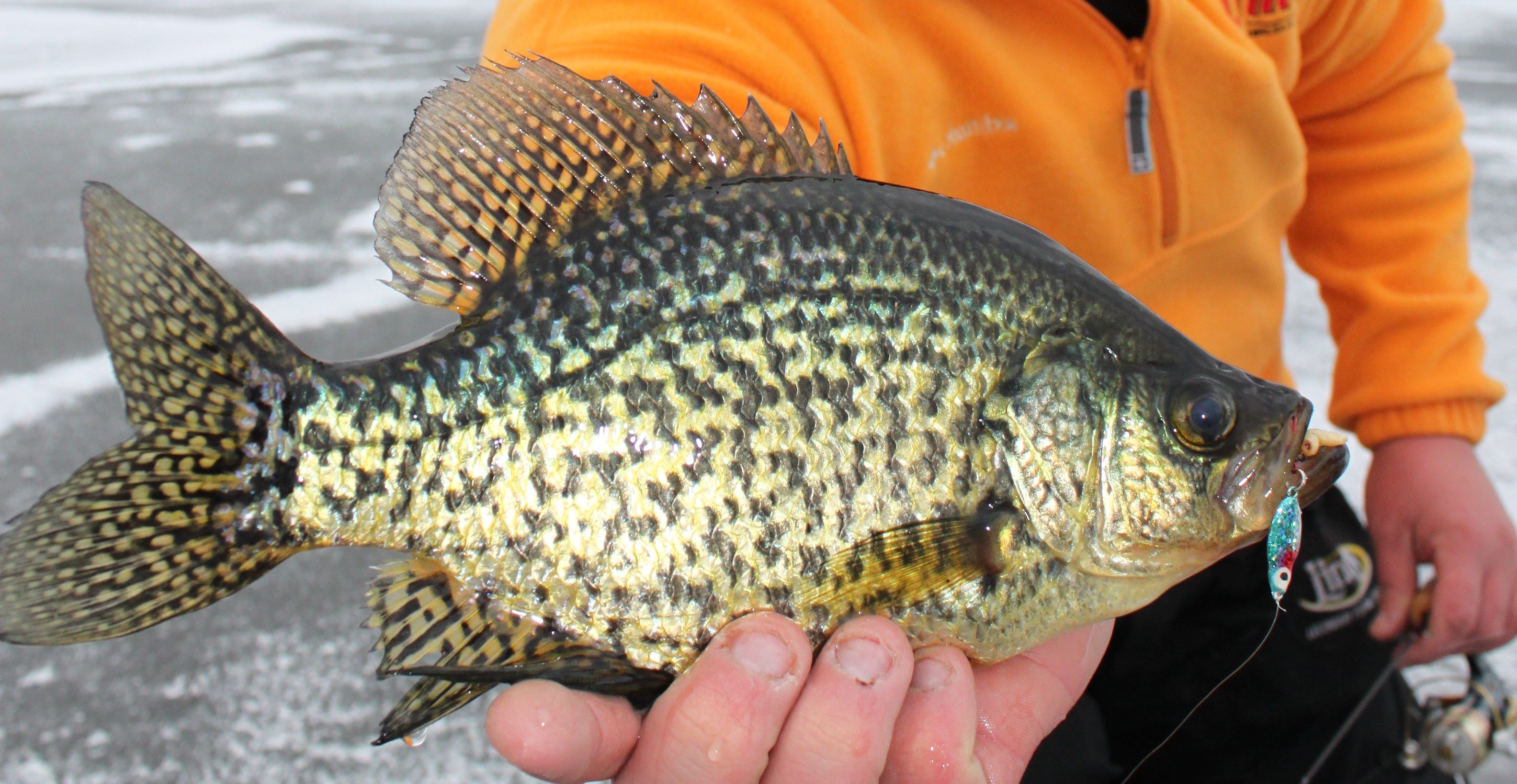

More so than at other times, you’ll find fish of different species in many of the same types of areas this time of year. You can vastly increase your success some days by bringing rods of a couple of different sizes and extra variety in lure and bait offerings and being willing to experiment and even to shift gears completely.
If you start marking fish well off the bottom, for example, try tying on something sized right for catching crappie and fishing it just a little above where you marked fish. Similarly, if you had walleyes in mind and are catching occasional good perch but no walleyes, try downsizing to see if you catch more perch. Sometimes it’s a wholesale change in target species. Often, little adjustments in bait sizes or presentations help you catch fish of several kinds.
When you’re uncertain what species are nearby, err small with your baits. Larger fish species taking small offerings is more likely than the opposite scenario.
As a final note – not a fish catching tip but of upmost importance – be extra aware of ice conditions early in the year and don’t go out if there is any question. Everyone is eager to get out early, but if the ice thickness or quality is at all questionable it is not worth the risk.

